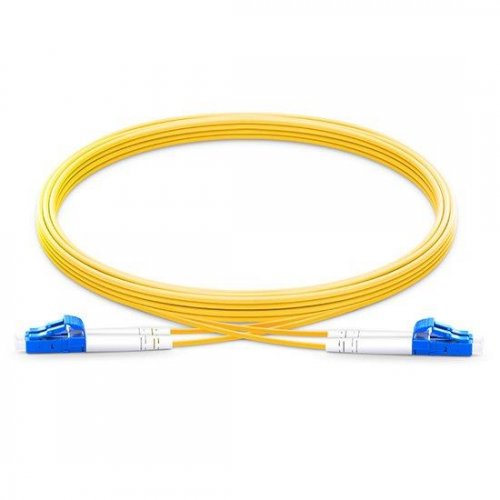
html
Duplex Fiber Optic Cable: Essential for High-Speed Data Transmission
In today’s fast-paced digital world, the demand for high-speed data transmission continues to grow exponentially. One of the key components enabling this rapid communication is the duplex fiber optic cable. This advanced cabling solution plays a crucial role in ensuring reliable and efficient data transfer across various industries.
What Is a Duplex Fiber Optic Cable?
A duplex fiber optic cable consists of two separate optical fibers, typically bundled together within a single jacket. Each fiber operates independently, allowing for simultaneous bidirectional communication. This design makes duplex cables ideal for applications requiring continuous two-way data transmission, such as telecommunications, networking, and data centers.
Key Advantages of Duplex Fiber Optic Cables
1. Simultaneous Bidirectional Communication
The most significant advantage of duplex fiber optic cables is their ability to transmit and receive data simultaneously. This feature is essential for real-time applications like video conferencing, online gaming, and VoIP services.
2. High Bandwidth Capacity
Duplex fiber optic cables support extremely high bandwidths, making them capable of handling large volumes of data at incredible speeds. This capacity is particularly valuable in enterprise networks and internet backbone infrastructure.
3. Immunity to Electromagnetic Interference
Unlike traditional copper cables, fiber optics are immune to electromagnetic interference (EMI), ensuring stable performance even in electrically noisy environments.
4. Long-Distance Transmission
Fiber optic cables can transmit data over much longer distances than copper cables without signal degradation, making duplex fiber ideal for connecting geographically dispersed locations.
Common Applications of Duplex Fiber Optic Cables
- Telecommunications: Backbone infrastructure for phone and internet services
- Data Centers: High-speed connections between servers and storage systems
- Enterprise Networks: Reliable connectivity for large organizations
- Medical Imaging: High-bandwidth transmission of diagnostic images
- Industrial Automation: Real-time communication between control systems
Choosing the Right Duplex Fiber Optic Cable
When selecting a duplex fiber optic cable, consider these factors:
- Fiber Type: Single-mode for long distances, multimode for shorter runs
- Connector Type: LC, SC, ST, or other standard connectors
- Cable Construction: Indoor, outdoor, or armored variants
- Performance Specifications: Bandwidth, attenuation, and operating temperature range
The Future of Duplex Fiber Optic Technology
As data demands continue to increase, duplex fiber optic cables will play an even more critical role in global communications infrastructure. Emerging technologies like 5G networks, IoT deployments, and smart city initiatives will all rely on the high-speed, reliable connectivity that duplex fiber provides.
With ongoing advancements in fiber optic technology, we can expect to see even higher performance duplex cables capable of supporting next-generation applications that require unprecedented bandwidth and low latency.
Keyword: duplex fiber optic cable
